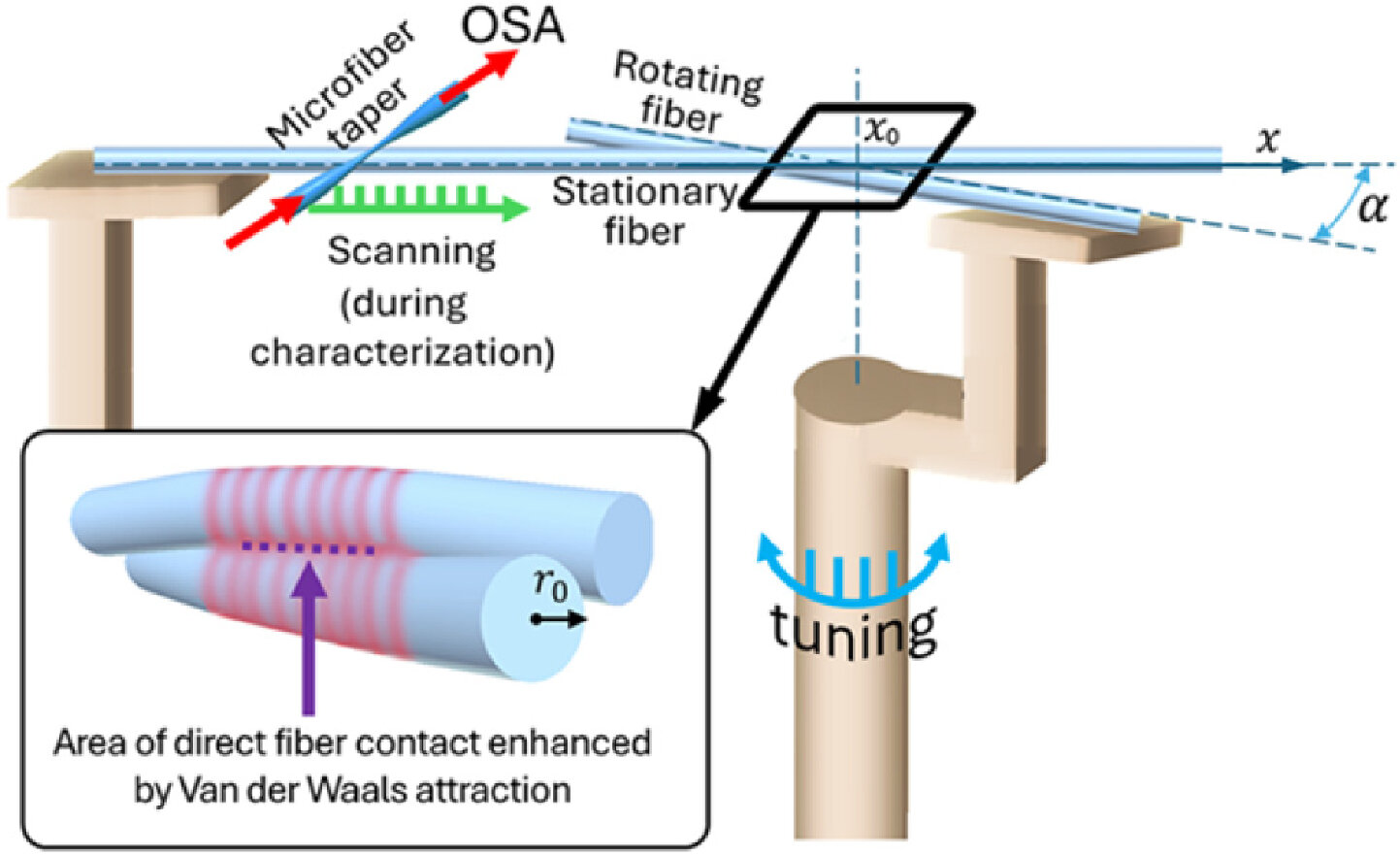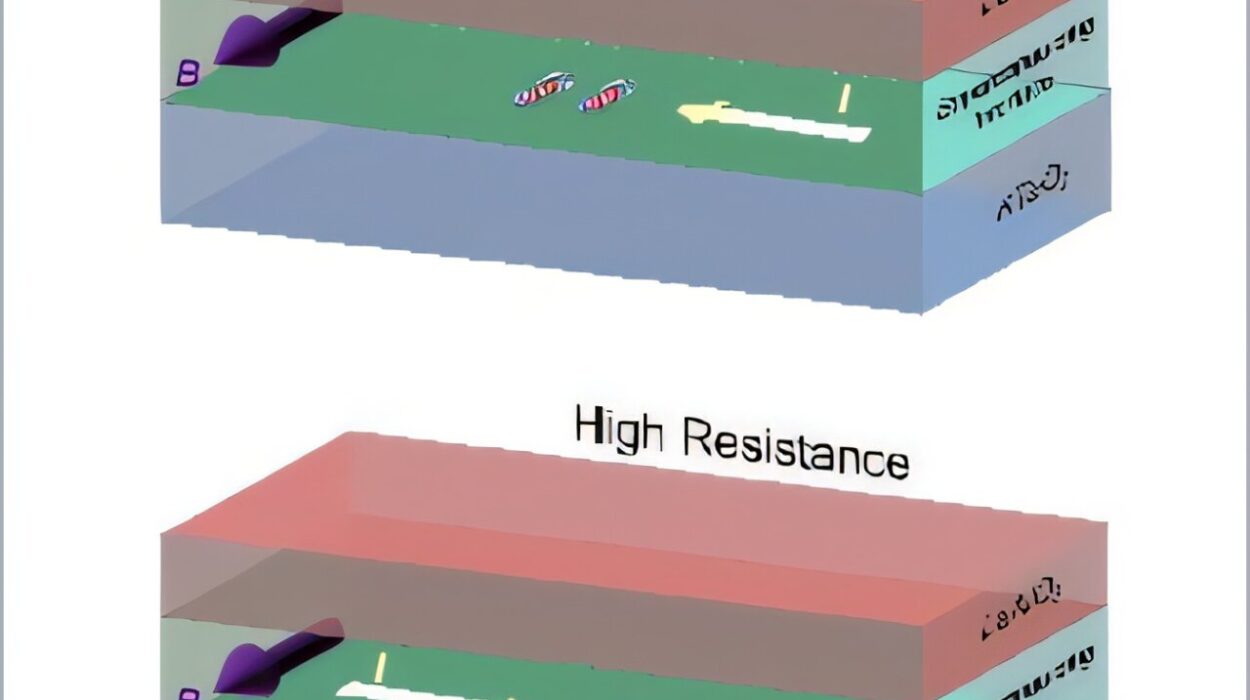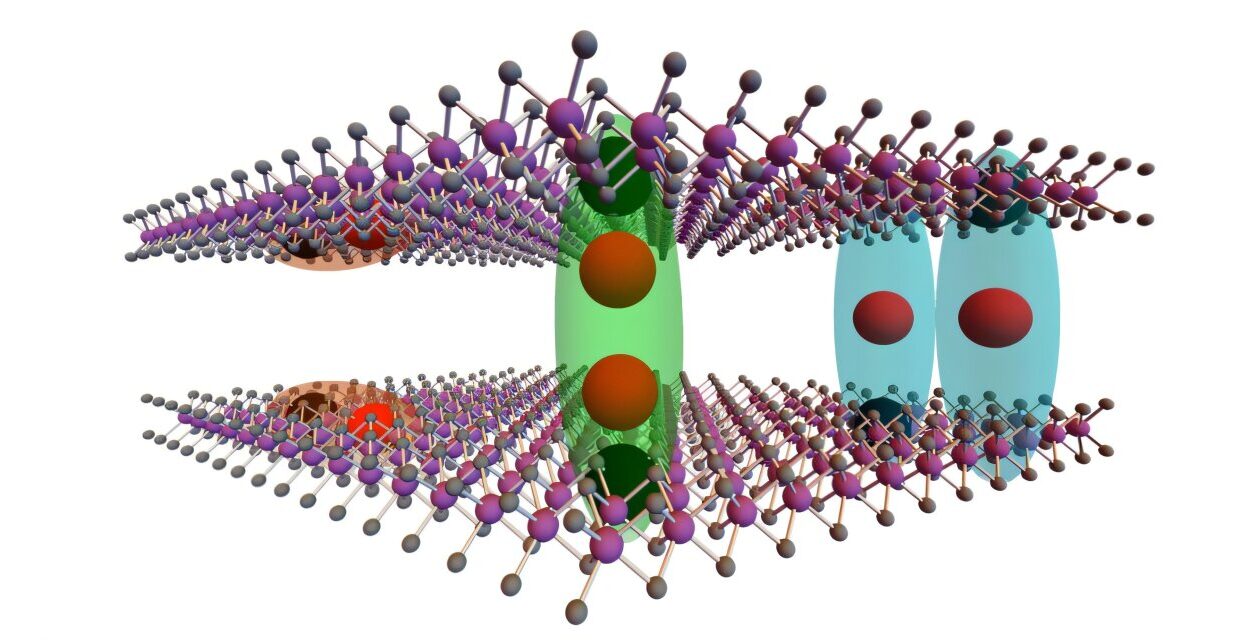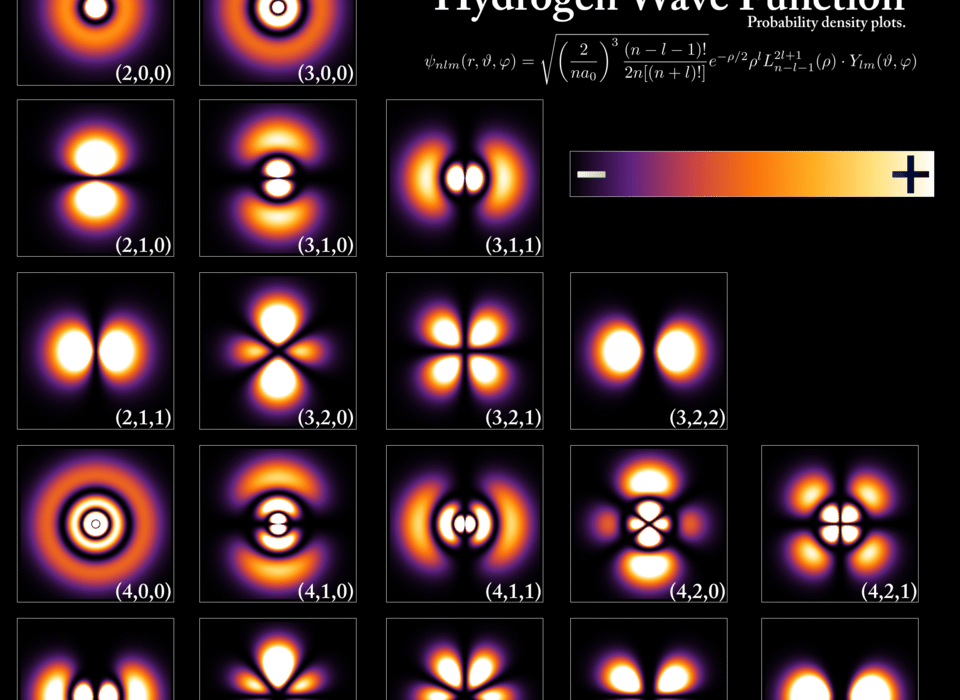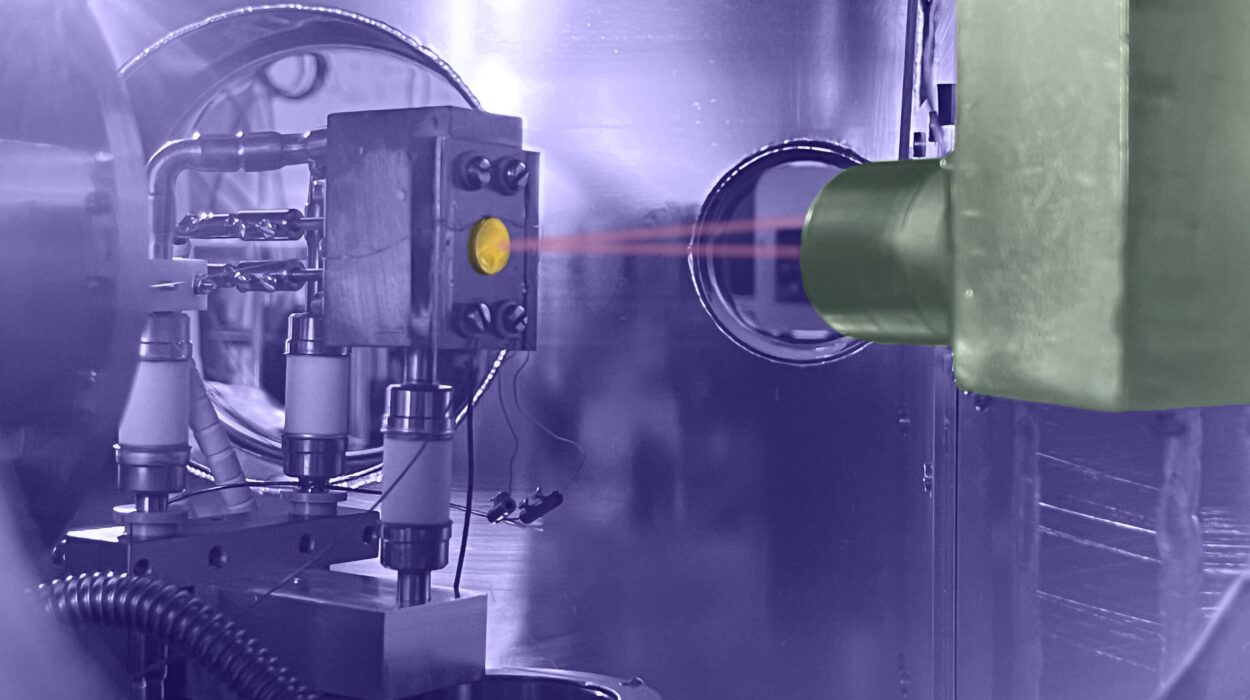In a quiet lab filled with looping coils of glass and the gleam of lasers, researchers at Aston University have crafted a scientific marvel so small it could sit on the edge of a hair—yet its impact could resonate through the future of telecommunications, sensing, computing, and even quantum technologies.
A team led by Professor Misha Sumetsky at the Aston Institute of Photonic Technologies has discovered an entirely new class of optical microresonators—microscopic devices that trap and enhance light in tightly confined spaces. These minuscule structures have long been essential to photonic systems, but the team’s innovation adds something never seen before: exceptional tunability, controlled not by complicated electronics or rigid structures, but by the gentle rotation of two hair-thin optical fibers.
The findings, published in the prestigious journal Optica, describe a system so elegantly simple and mechanically intuitive that it might redefine how scientists and engineers think about photonic design.
A Serendipitous Twist at the Crossroads of Light
The origin of this innovation traces back to an experimental observation by Dr. Isha Sharma, a postdoctoral researcher working under Professor Sumetsky. While studying light propagation in optical fibers, she noticed something unusual—a localized concentration of light energy right where two fibers crossed.
What looked like a subtle quirk turned out to be a scientific goldmine. Upon deeper investigation, the team realized they had stumbled upon a unique way to create high-Q microresonators—devices that can store light with minimal loss—by simply crossing two straight optical fibers and rotating them slightly.
“Tiny rotation of a fiber by only a fraction of a degree translates to micron-scale fiber displacements,” said Professor Sumetsky, “enabling millimeter-scale changes in the resonator geometry and picometer-scale tuning of its spectral and free spectral range (FSR) characteristics.”
In simpler terms, imagine tuning a musical instrument by gently twisting two strings against each other, and achieving precision in the scale of picometers—one trillionth of a meter.
From the Abstract to the Tangible
Optical microresonators are already foundational to cutting-edge technologies. They can boost the sensitivity of optical sensors, make light-based computing more efficient, and form the backbone of ultra-fast communications. But until now, most designs have been limited by their rigid architecture. They are typically monolithic—etched into chips or sculpted into inflexible shapes—offering little room for adjustment.
The Aston team’s approach defies convention. By exploiting the intersection point of two straight fibers, they have created a platform that is inherently reconfigurable. The newly developed devices can be mechanically adjusted with minimal force, yet offer control fine enough to be useful in extremely sensitive applications.
Even more astonishing is that this control doesn’t degrade performance. The microresonators boast Q-factors around 2 million, which refers to how long light can circulate within them before fading out. Under cleaner environmental conditions, simulations show they could reach Q-factors as high as 100 million—placing them among the most efficient resonators ever conceived.
The Whispering Forces Behind the Scenes
One of the more fascinating aspects of the discovery lies in the physics that makes it possible. It’s not just the geometry or materials, but the subtle dance of forces at the nanoscale.
Van der Waals forces—weak but persistent attractions between neutral molecules—are doing quiet but vital work here. They keep the two fibers pressed gently together over tiny distances, providing the physical continuity required to form a resonator. Without this natural adhesion, the light wouldn’t remain trapped in the desired region.
“This geometry opens the door to miniaturized, tunable photonic systems that were previously difficult or impossible to achieve,” said Professor Sumetsky. “It is especially promising for applications like low-repetition-rate frequency comb generators, tunable delay lines, and nonlocal optofluidic sensors.”
In effect, the Aston University team has found a way to manipulate light with mechanical precision in a device that could be built and adjusted without high-cost manufacturing infrastructure.
A New Playground for Photonic Innovation
The implications are enormous. In traditional photonic engineering, tuning usually means re-fabricating an entirely new device or using bulky actuators. But these fiber-crossing resonators flip that idea. They are simple, scalable, and ideal for MEMS (micro-electromechanical systems) integration. With only minimal force, they can achieve the kind of spectral control that would otherwise require intricate electronic systems.
By drawing upon the Surface Nanoscale Axial Photonics (SNAP) platform—a technique developed for ultra-precise control of light within fiber geometries—the researchers backed up their experimental findings with a solid theoretical framework. This fusion of hands-on observation and deep modeling adds a layer of credibility and robustness to their claims.
Professor Sumetsky envisions these tunable microresonators finding homes in chip-scale photonic circuits, portable sensors, and possibly quantum networks, where controlling light precisely is both a challenge and a necessity.
A Quiet Revolution in Glass and Light
At a time when much of technological progress is associated with the digital and intangible—bits in the cloud, AI algorithms, software updates—it is refreshing to witness a breakthrough grounded in the physical world. Two fibers intersecting, barely touching, rotating by fractions of a degree—these are actions we can imagine, even perform by hand. And yet, within those tiny movements lies a new way of controlling one of the universe’s most mysterious phenomena: light.
It’s not just elegant science—it’s beautiful engineering.
The Aston University team has reminded us that there is still poetry to be found in physics. Their discovery doesn’t just promise faster communication or better sensors. It offers a new way of seeing, and perhaps reshaping, the invisible world that surrounds us.
In an age increasingly defined by abstraction, this is science that we can feel—between our fingertips, between two strands of glass, between the shimmering fringes of the spectrum.
Reference: Isha Sharma et al, Widely FSR tunable high Q-factor microresonators formed at the intersection of straight optical fibers, Optica (2025). DOI: 10.1364/OPTICA.565224
